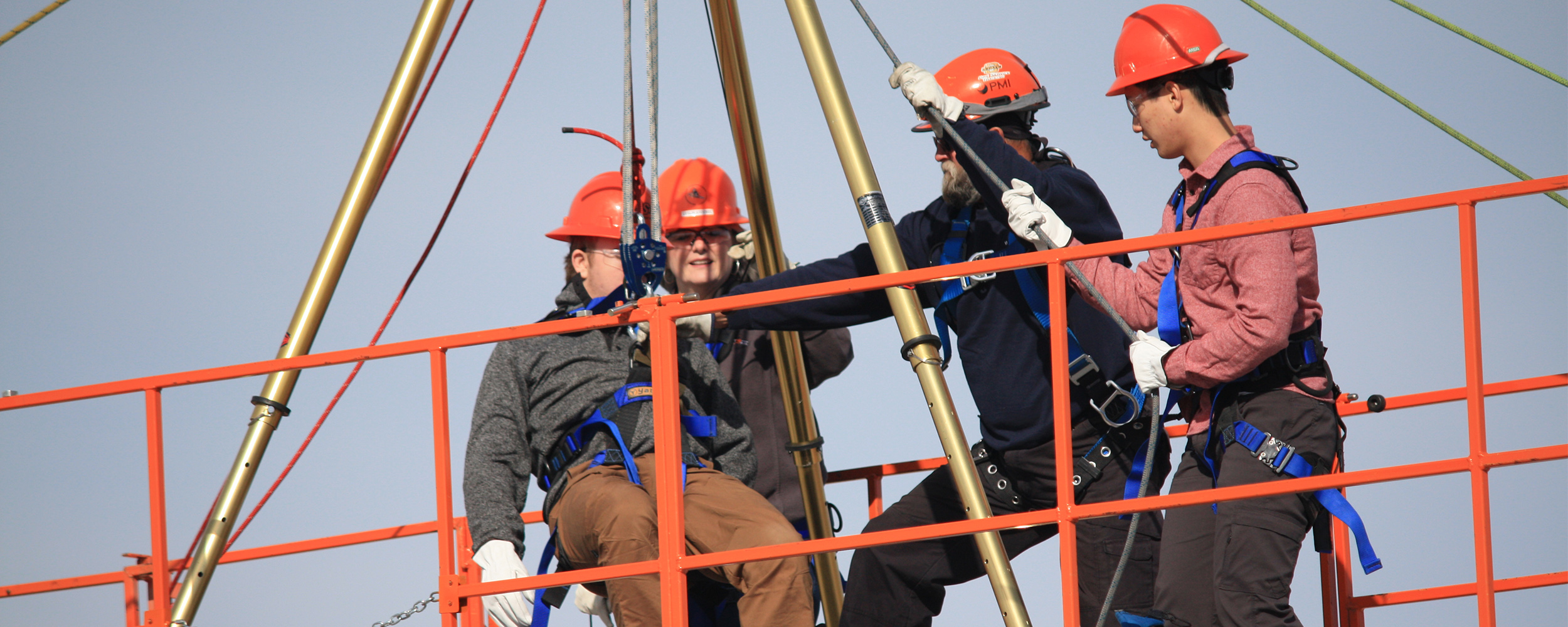Outcomes & Objectives
- Program Educational Objectives
Program Educational Objectives have been established by the faculty with input from the program’s Industrial Advisory Board. A few years after graduation, OSU Fire Protections and Safety graduates will be:
- Earning and pursuing personal, technical, and professional advancement through certifications, licensure, and their employment.
- Continuing the pursuit of life-long learning through membership and participation in professional organizations.
- Developing business expertise within their selected employment organization.
- Successfully applying mathematical, analytical, and technical skills to solve complex problems in the selected field.
- Meeting the highest standards of ethical practice in their profession.
- Student Outcomes
- An ability to apply knowledge, techniques, skills and modern tools of mathematics, science, engineering, and technology to solve broadly-defined engineering problems appropriate to the discipline;
- An ability to design systems, components, or processes meeting specified needs for broadly-defined engineering problems appropriate to the discipline;
- An ability to apply written, oral, and graphical communication in broadly-defined technical and non-technical environments; and an ability to identify and use appropriate technical literature;
- An ability to conduct standard tests, measurements, and experiments and to analyze and interpret the results to improve processes; and
- An ability to function effectively as a member as well as a leader on technical teams; and
- An ability to understand ethical and professional responsibilities and the impact of technical and/or scientific solutions in global, economic, environmental, and societal contexts.
- Program Criteria/Curriculum
- Basic fire science;
- Fire safety strategies, fire inspection, fire prevention and mitigation;
- Active fire protection systems including detection, alarm, and suppression systems;
- Building materials, construction methods and passive fire protection systems;
- Fire hazard recognition, evaluation and mitigation;
- Fire risk analysis and fire control;
- Fundamentals of fire and explosion dynamics, and human behavior in fire;
- Codes and standards for life and fire safety;
- Design, analysis, and maintenance of active and passive fire protection systems;
- Hazardous materials and chemistry; and
- Forensic science and scientific method for fire and explosion investigations.
- Accreditation
The Bachelor of Science program in Fire Protection and Safety Engineering Technology is accredited by the Engineering Technology Accreditation Commission of ABET, http://www.abet.org, under the commission’s General Criteria and Program Criteria for Fire Protection Engineering Technology Program Criteria and Similarly Named Programs.
A Qualified Academic Program by the Board of Certified Safety Professionals

